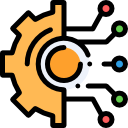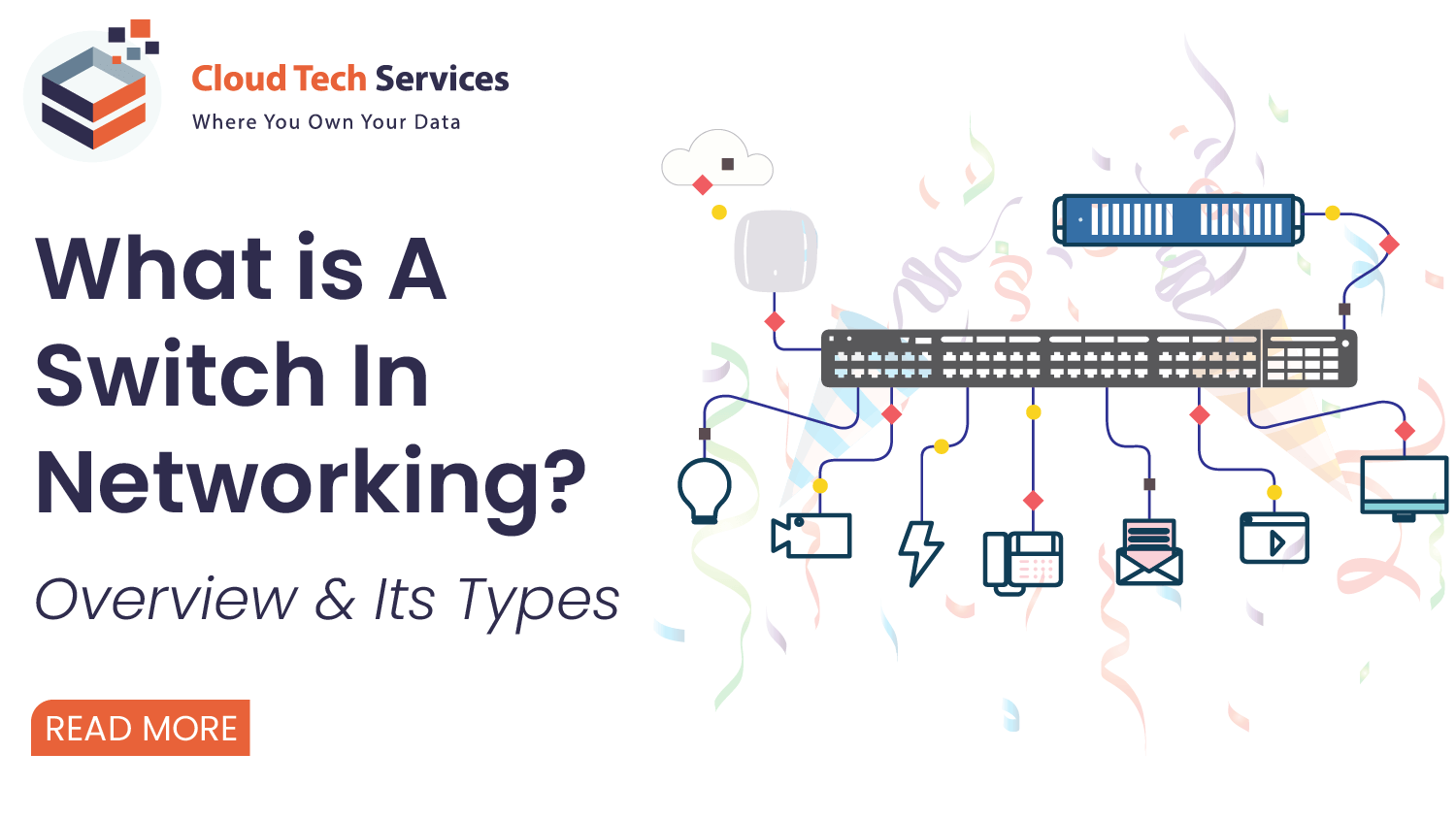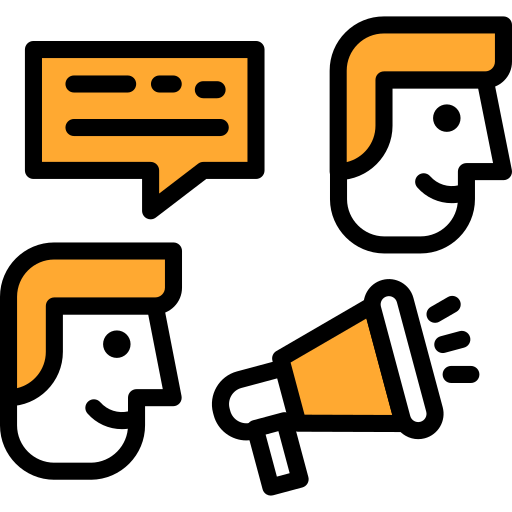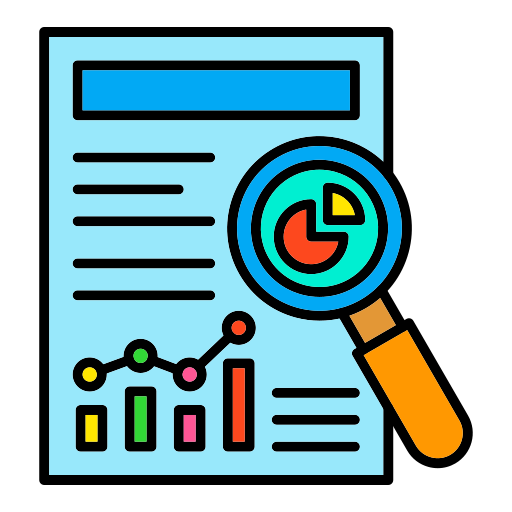How AI Tools Like ChatGPT is Changing The World
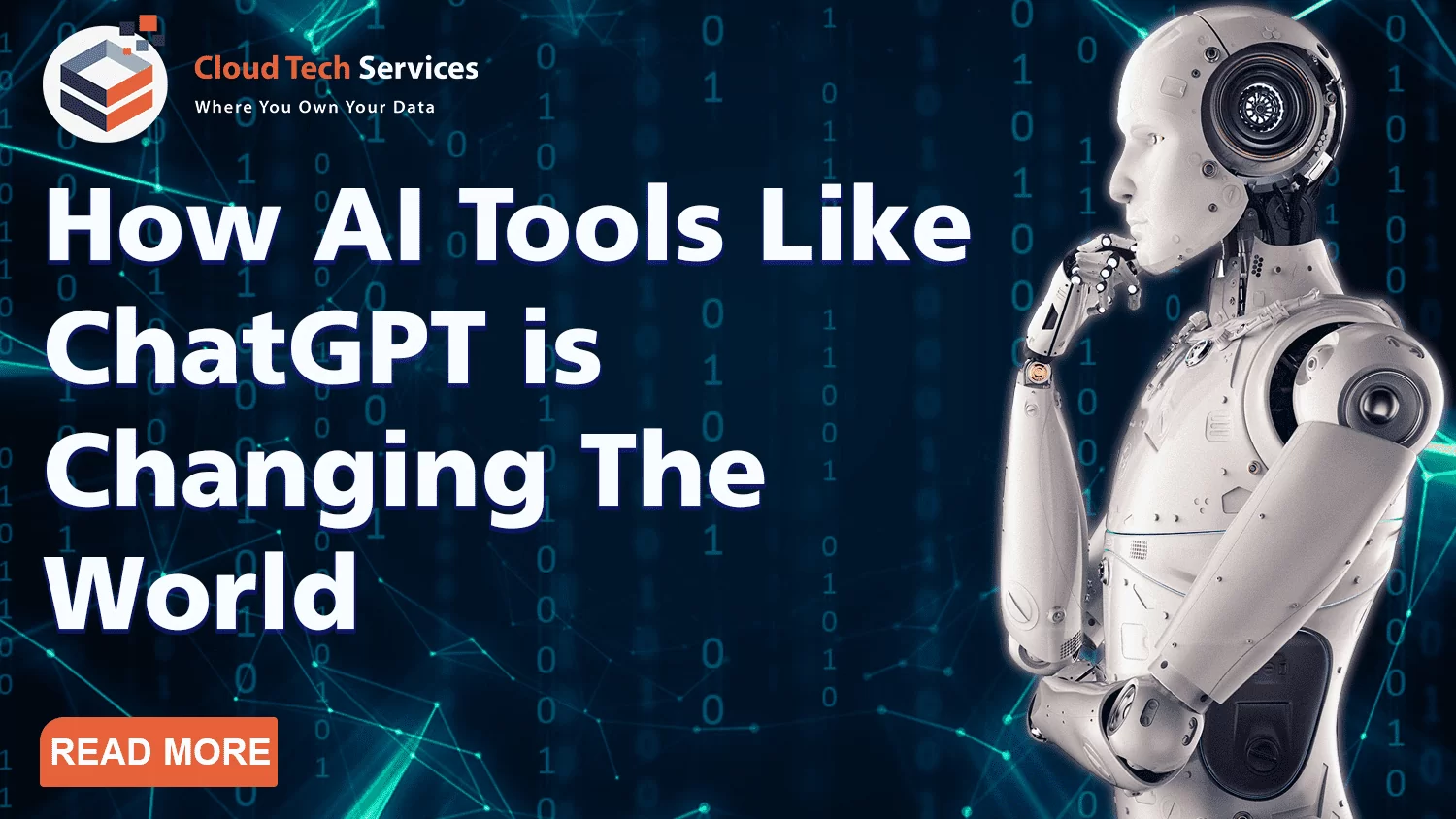
Has Artificial intelligence finally arrived?
Machines and systems with intelligence akin to that of a person are referred to as artificial intelligence. The early stages of artificial intelligence speed up the duplication of predetermined tasks. After then, as technology advanced, AI developed itself based on the data insights it gained through carrying out the iterative tasks for which it was designed. It wouldn’t be incorrect to assert that AI performs tasks 99% better than humans do. When artificial intelligence is used instead of human labor to complete a task, the outcomes may be cost-saving, time-saving, and effort-effective. Therefore, it is a commonplace for large corporations to put off employing and adopting artificial intelligence.
The timeline for development in Artificial intelligence
Over the past few decades, AI products have seen a quick and fantastic evolution. From straightforward rule-based systems to complex deep learning models, AI has revolutionized numerous industries and how we live and work.
Early AI products were constrained by their incapacity to draw lessons from past mistakes and adjust to novel circumstances. They were developed utilizing rule-based systems, in which programmers manually encoded the rules the AI system was supposed to abide by. As a result, the capacity of these systems to comprehend and analyze natural language, identify images, or carry out complex tasks was constrained.
However, AI has advanced significantly since the introduction of deep learning. Artificial neural networks are used in deep learning, a subset of machine learning, to simulate complicated relationships and patterns in data. Due to this, AI systems may now learn and develop independently without the need for manual rule coding. Thanks to deep learning, AI can now comprehend and analyze natural language, identify images, and carry out various complicated tasks with great precision.
The advancement in Artificial intelligence tech can be compartmentalized into two components –
Machine Learning
Machine Learning is a subfield of AI that enables the system to learn and improve from experience, i.e., the feed of data, without being explicitly programmed.
Natural Language Processing
Natural Language Processing (NLP) is a subfield of AI that enables machines to understand, interpret, and generate human language.
Machine learning and NLP complement each other in various text-related tasks. ML can classify sentiment, categorize text, identify named entities, and perform machine translation. NLP provides pre-processing and feature extraction for ML, making text data suitable for analysis. The two work together to perform complex tasks and analyze text data more effectively.
There are several reasons why the workforce should use AI tools:
First, automating regular operations with AI technologies allows staff to concentrate on more challenging and innovative jobs.
AI-oriented work ways can increase accuracy and decrease the number of errors in results.
Improved decision-making can evaluate enormous amounts of data to offer insights and aid data-driven conclusions.
Productivity can be increased, and time management can be improved with the help of AI tools that automate and streamline work processes.
The 90% of the narrative for replacing the workforce with tools would save businesses an amount close to a bank. In addition, AI tools can lower operational costs by automating tasks that would otherwise require human intervention.
How AI can leverage the economics in different sectors:
Healthcare
Data-driven medical imaging
Predictive diagnosis
Personalized treatment plans
Financial
Algorithmic trading
Mitigating losses with risk management
Fraud detection as per changing compliances
Retail
Personalized marketing and customer service
Real-time supply chain visibility
Transportation
Autonomous vehicles
Traffic prediction and, subsequently, logistics optimization.
Energy
Predictive maintenance
Energy usage optimization
Renewable energy forecasting
Manufacturing
Optimizing the product line.
Agriculture
Precise farming techniques
Topographical analysis
Weather forecasting
Education
Performance monitoring
Customized regional learning.
Security
Surveillance
Facial recognition
Threat detection
Media and entertainment
Content curated to audience behavioral pattern
Compounding the economic growth through AI
The internet economy’s current scenario can be put simply as “one employee each facilitating some 1000s of customers”. The whole backend operations of your complex E-commerce and Fintech applications with billions of growing user bases cannot just rely on manual intervention. The machine learning application could automate the queries by a vast amount of data while the natural language processing can be used in an attempt to enhance decision-making.
Artificial Intelligence can be compounding for creators’ economy.
As once supposed to be only for non-creative interventions in the daily economy, AI is also augmenting human creations. It all started with the penetration of social media in almost every household and content creation simultaneously. Now with AI-powered tools, the power of content creation is in the augmentative state. Tools such as Typecast, Chatgpt, and Synthesia can change the content creation game.
Typecast is an online text-to-speech generator with a greater sense of modularity. It can be a game changer for those content creators who usually refrain from putting voices in their content. You only need a script framework to make an AI talk for your content.
Synthesia is an AI-powered platform that helps in content creation by automating various tasks related to video production. In addition, it allows for personalization based on customer information and images. As a result, Synthesia speeds up video production, allowing for more videos in less time and further increasing cost-effectiveness as it eliminates the need for expensive video software and labor.
ChatGPT is a language model developed by OpenAI that assists in content creation. It can help content developers with outline generation, iterating write-ups, summarizing, and variations. By blueprint approach, ChatGPT helps to save time and improves the quality of content for the creator.
The most significant risk from AI is to the Jobs, some agree, and some disagree.”
The only genuine division in the world is between “Rich & Poor,” and AI may be a factor in the growing digital divide between wealthy and developing countries, making it very challenging for the latter to catch up. With AI’s rising popularity, a significant issue is just around the corner. A staggering one billion individuals are anticipated to lose their jobs due to AI. AI is replacing manual labor and outperforming humans at their own game. Language and critical thinking, previously the focus of human inquiry, are now emerging application areas for AI.
That’s why there is a sense of alarm over the future of professionals too. Today, professionals believed jobs involving critical thinking would be untouched by AI. Would this be the same in the future? Not sure, data has already reported a significant creative decline among the human race, making us seek our queries on the internet. A mammoth of 2.5 quintillion bytes of data by daily internet activity equips AI with enough capabilities to generate an infinite number of ideas on any goddamn subject. AI cannot be called creative, but it is a tool humans depend on to accelerate their creativity.
The algorithm is also biased.
Research findings have also signaled biases in decision-making by the algorithm. Biases can be of any form,
It can be sexist
When Amazon tried to use AI to build a resume-screening tool, it ended up discriminating against women. Unfortunately, this is not helping in our fight against the increasing gender pay gap.
It can be racist
As part of an experiment, researchers recently asked specially trained robots to scan blocks with people’s faces. The “criminal” was then put in a box. The robots frequently chose the block featuring a Black man’s face. Additionally, this is in no way assisting in the fight against racism.
The primary notion behind decision-making backed by artificial intelligence is bettering the humane approach through big data sets. However, these data sets, generated mainly by human activities, are discriminatory and biased, making the algorithm sexist and racist on a significant scale.
Artificial Intelligence (AI) is rapidly integrating into various industries and is expected to impact the economy significantly. While AI can increase productivity and efficiency, it also raises concerns about its impact on employment and wealth distribution. AI is expected to create new jobs in data science, AI development, and cybersecurity but may also displace low-skilled workers. In addition, the development of AI will likely lead to significant changes in work, with many jobs becoming more automated. Policymakers and business leaders need to consider these impacts and ensure that all members of society share the benefits of AI. AI has the potential to bring both benefits and challenges to the economy and must be approached thoughtfully.
But is it the finished image? However, AI may lead us to rely on it for everyday chores. Despite their complexity, all software backend systems still contain problems requiring manual intervention and testing. Thus there is still much room for improvement. However, it would also remain in the same condition for years to come.
Despite having tools supported by AI, there would still be technological operations and data integrity checks.
Even though your content generation will be automated, it must still be honest for your content to appeal to the general public.
AI also has to improve in several areas, including precision, intelligence comparable to humans, explainability, generalization, and human interaction. Thus, enhancing these factors would result in more intuitive and natural interactions.
Undoubtedly, it is accurate to predict that AI will replace all aspects of basic human functioning. However, from a business perspective, AI is only a tool to enhance existing services. Along the lines of one of the most well-known sayings of our day: AI won’t replace you; the person utilizing the AI will. Nevertheless, one thing is certain: artificial intelligence will play a significant role in our future, whether that involves a radical change or just a successful advancement.

